Written by Lorrie Reynolds
Categories
Verbal Cues for Dog Agility
One of the more controversial topics at my seminars is verbal cues. My goal is to teach distance handling for agility in a way that is natural to the dog and that blends seamlessly into many different handling systems. However, I do have my beliefs and preferences, and one of those beliefs is that without extensive training, verbal cues are low priority to your dog.
Have you ever called a dog walk an A-Frame? Or a tire a tunnel? Did your dog go looking for the correct obstacle? I’m betting not. He went with your body language and took the obstacle you were moving toward or indicating rather than the one you called out verbally. Does that mean he didn’t hear what you said? Not necessarily. However, the other cues – your motion and body language – were far more important to him than what came out of your mouth.
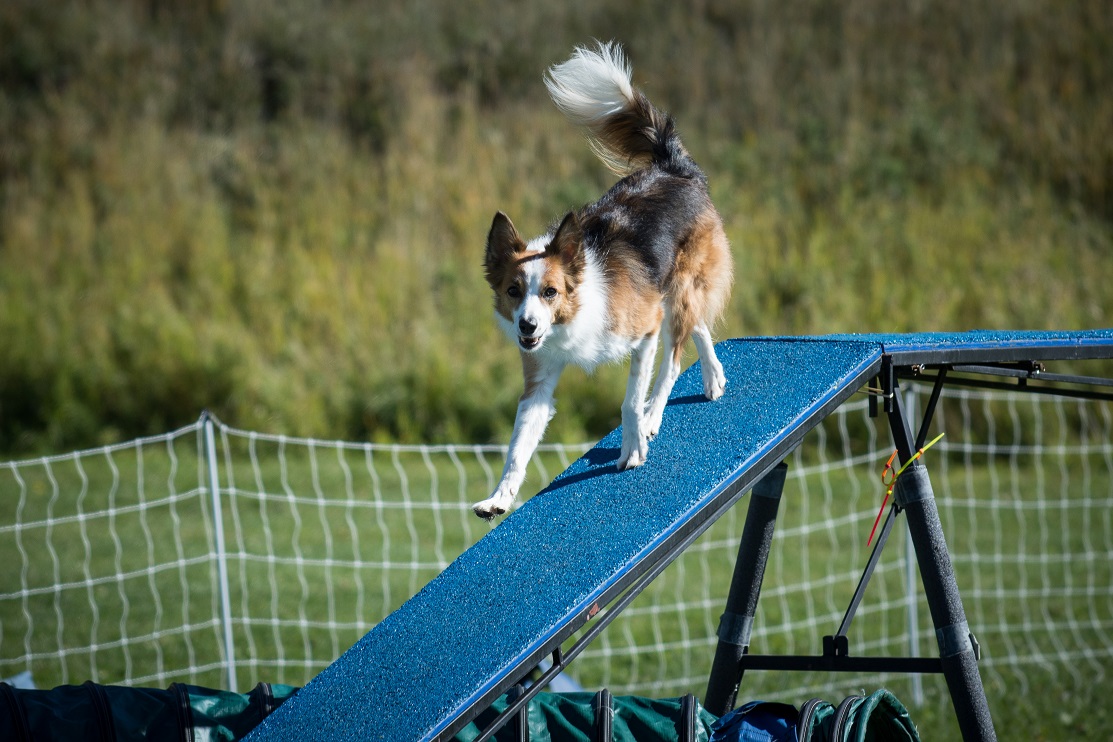
Can Dogs Process Language?
Although dogs can definitely be vocal, they aren’t inherently verbal animals. Their communication isn’t about spoken (or barked) language. It revolves around body language and expressions – the tightness of the mouth, the set of the ears, the body posture, the tail set, and more. You absolutely can teach your dog English (or Spanish, or Russian) words, but words are far more difficult for them to learn than body language cues are. Breed makes a difference too. Dogs who have been bred to work closely with humans seem to have an easier time picking up verbals than dogs who have been bred to work independently – think Herding dogs versus Livestock Guardians.
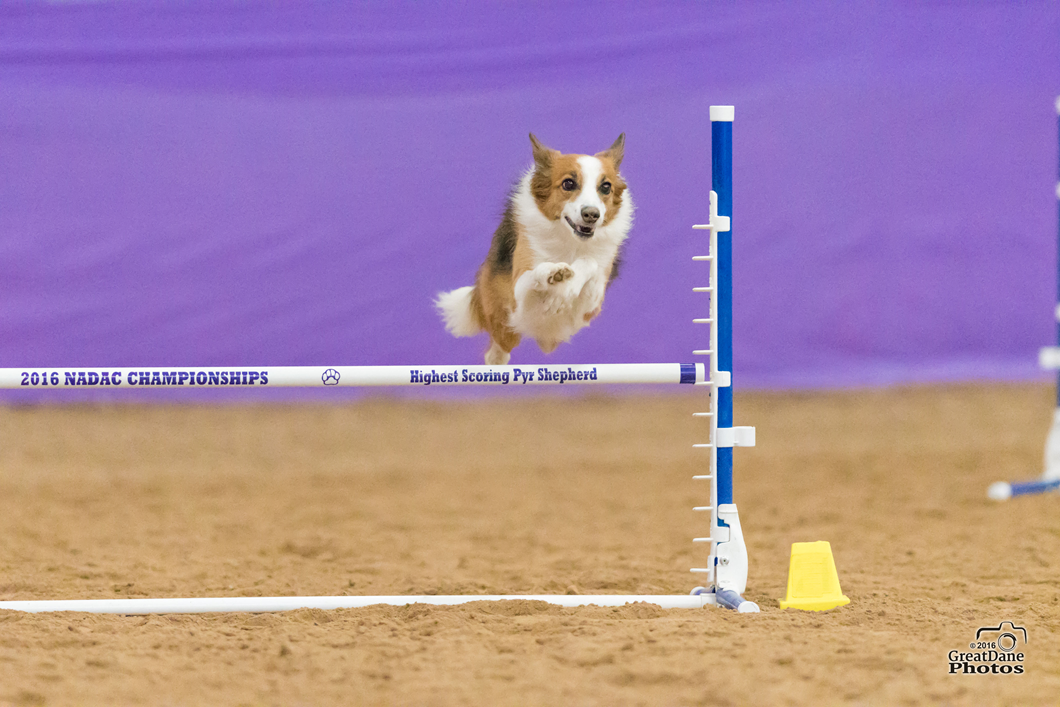
Pixie (Border Collie/Sheltie) is pretty good with verbals. She can go downstairs and get her tennis ball and then bring it back when I speak in sentences, but it is very doubtful she understands all of the words that I’ve said. More likely, she recognizes “ball” because it is her favorite, sees me looking at the stairs, and knows from experience that if she brings it to me, I will throw it for her. The hardest part is probably object permanence (knowing something exists even if you can’t see it), and remembering what she went downstairs for. I share that last difficulty sometimes!
When you are pondering your dog’s understanding of verbal cues, think about teaching a puppy to sit. We can easily teach it on a physical cue, like a palm brought up toward the ceiling. It takes much more time for them to learn the verbal cue that goes with the hand signal, and with some breeds, they may never get it consistently.
How Verbal Cues Are Used In Dog Agility
When we first start teaching agility, we say “jump” at every jump, or “tunnel” at every tunnel. However, those cues are more for us – to keep us on track when we are still learning. They do give our dogs an indication that they should do “something” when we speak, but if we continue to name every obstacle on every run, we risk becoming Charlie Brown’s mom, sounding like nothing more than a nagging and incomprehensible noise to our dogs. In essence, we teach them to ignore us.
I do use verbal cues to indicate a change, like a turn away, a collection for the weaves, or continued motion forward. Every single one of my verbals is backed up by body language though, and I don’t rely strictly on them to get my dog through the course. Verbal cues in agility, because they are not natural to your dog and take time to teach, are really a handler’s choice. It boils down to where you want to spend your time and effort training. I would rather spend my time teaching independence and handling than perfecting my verbals.
Do you use verbals for agility? Have you tried running a course silently to see what happens? Leave a comment below and let us know!
You Might Also Like…
Read This Before Deciding on Your Agility Dog’s Contact Performance
Which contact performance, running or stopped, is right for your team? The answer might surprise you.
Is Your Agility Dog a Pinto or a Ferrari?
If you’ve moved up from a slow or moderately-fast agility dog to a speed racer, here’s some advice to make your life easier.
Dog Training Safety: Why You Need an Experienced Instructor
An experienced instructor for agility, tricks, conditioning, and other dog sports can save you headaches and heartaches in the future.
Get tips, stories, discounts, and early notification of events and new courses delivered straight to your inbox! Join the community!
Cover photo courtesy of CO Agility Photography
Third Photo: Copyright 2016 Great Dane Photos. Used with permission.
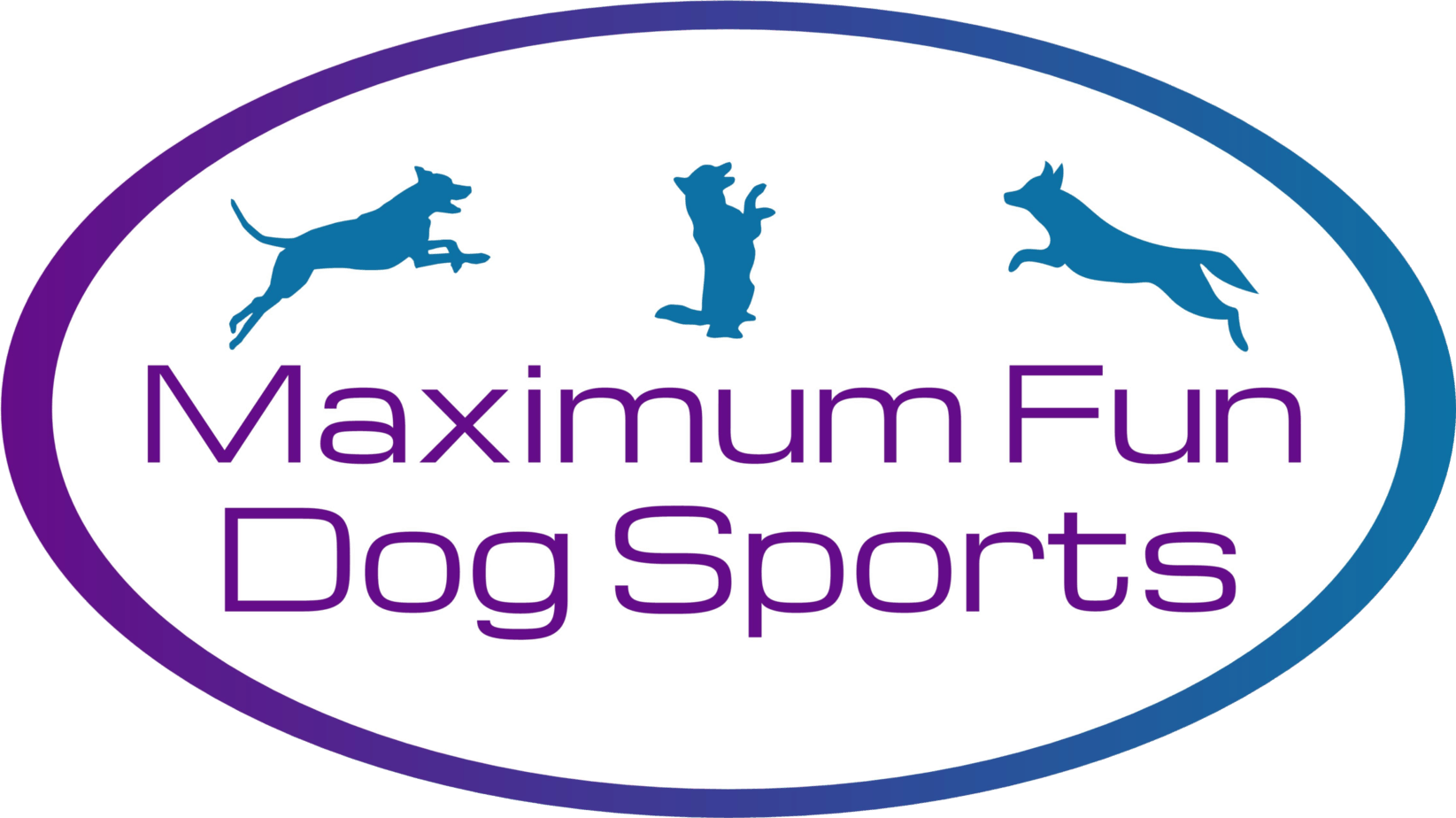
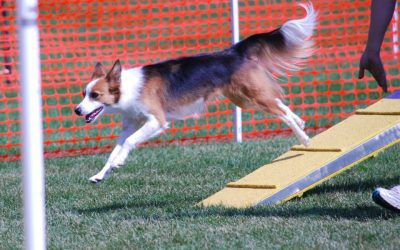
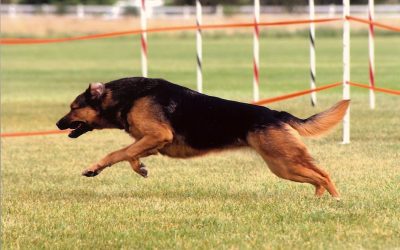
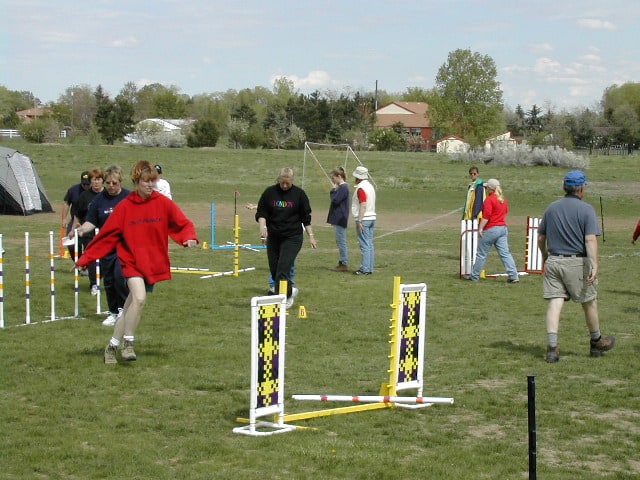
0 Comments